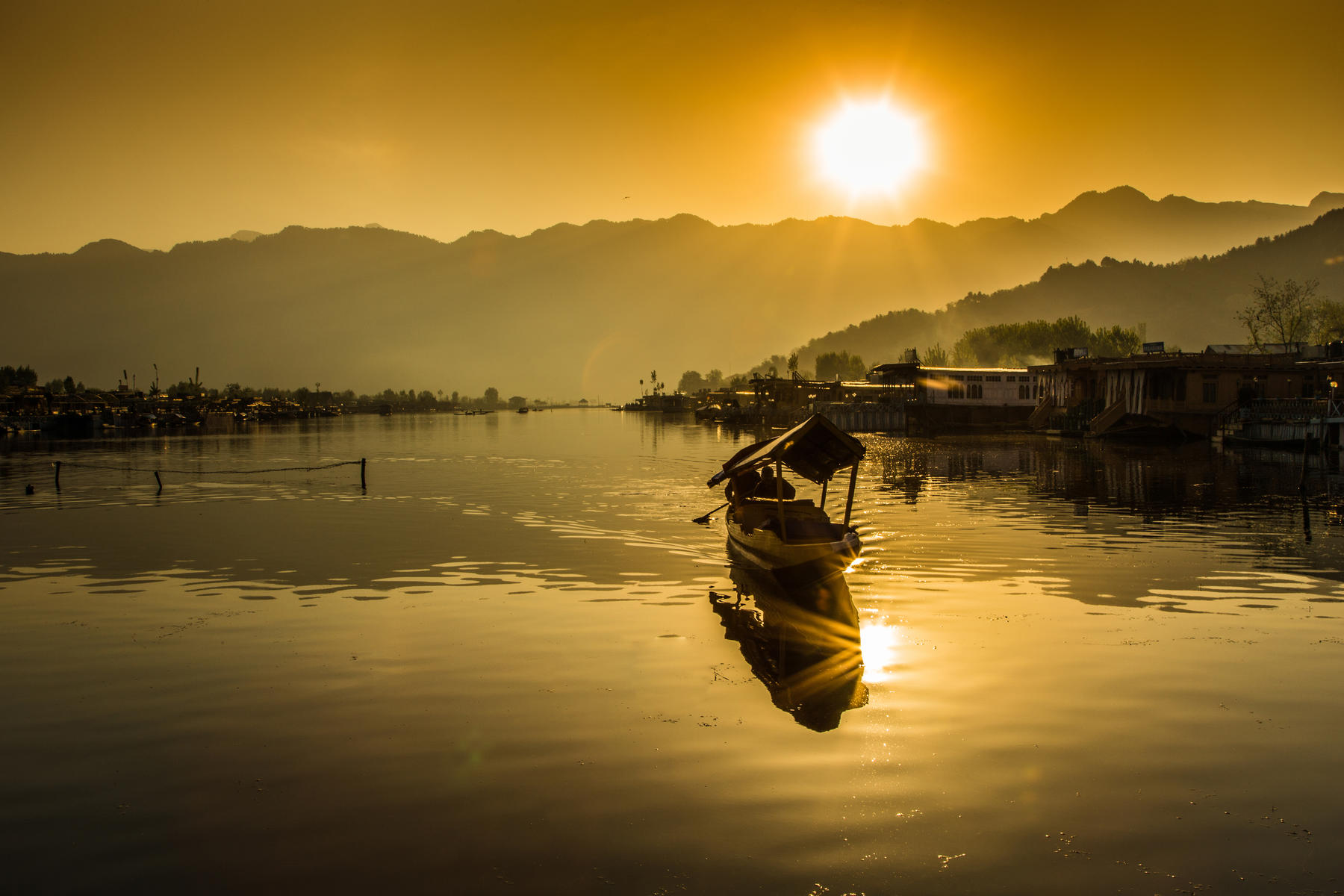A considerable amount of the research conducted by the European Foundation for South Asian Studies (EFSAS) focuses on the long standing conflict of Jammu & Kashmir and its elemental dimensions.
The Kashmir conflict is a territorial conflict between India, Pakistan, and to a limited degree, China. It is also a conflict that impacts the future of around 20 million people of the State of Jammu & Kashmir.
The Kashmir conflict arises from the Partition of British India in 1947 into modern India and Pakistan. Both countries subsequently made claims to Kashmir, based on the history and religious affiliations of the Kashmiri people.
The princely State of Jammu & Kashmir, which lies strategically in the north-west of the subcontinent bordering Afghanistan and China, was formerly ruled by Maharaja Hari Singh under the paramountcy of British India. In geographical and legal terms, the Maharaja could have joined either of the two new countries or remained Independent.
Despite being urged by the British Viceroy, Lord Mountbatten of Burma, to determine the future of his State before the transfer of power took place, Maharaja Hari Singh demurred.
In October 1947, incursions by Pakistan took place. Faced with internal revolt as well an external invasion, Maharaja Hari Singh requested the assistance of the Indian armed forces and agreed to accede to India. He handed over control of his defence, communications and foreign affairs to the Indian government. In this milieu, war erupted between Pakistan and India, as a result of which the state of Jammu & Kashmir remains divided between the two neighbors.
The erstwhile princely State of Jammu & Kashmir consists of five regions, namely Jammu, the Kashmir Valley, Ladakh, Pakistan Administered Kashmir (Azad Kashmir) and Gilgit Baltistan. India administers approximately 43% of the region. It controls Jammu, the Kashmir Valley, Ladakh, and the Siachen Glacier. Pakistan administers approximately 37% of Kashmir, namely ‘Azad Kashmir’ and Gilgit Baltistan. China currently occupies Demchok district, the Shaksgam Valley, and the Aksai Chin region.
India sought resolution of the issue at the United Nations Security Council (UNSC). Following the set-up of the UN Commission for India and Pakistan (UNCIP), the UN Security Council passed Resolution 47 on 21 April 1948.
The measure called for an immediate cease-fire and the first point of the Resolution called on the government of Pakistan 'to secure the withdrawal from the state of Jammu and Kashmir of tribesmen and Pakistani nationals not normally resident therein who have entered the state for the purpose of fighting'.
It further asked the government of India to reduce its forces to minimum strength (after the withdrawal of Pakistani forces as stipulated in the first clause of the Resolution), following which the circumstances for holding a plebiscite should be put into effect 'on the question of the future status of State of Jammu and Kashmir’.
Since then, the government of Pakistan has failed to fulfill its legal and international obligations under the said UN resolutions. This led to a situation wherein the UN Resolutions could not be implemented.
The conflict was exacerbated by the onset of an armed insurgency in the Kashmir Valley in the late eighties, widely believed to be initiated and sponsored by Pakistan.
Since then, the Jammu & Kashmir conflict has remained a reason for hostility, political instability, extremism and economic malaise in the region.

